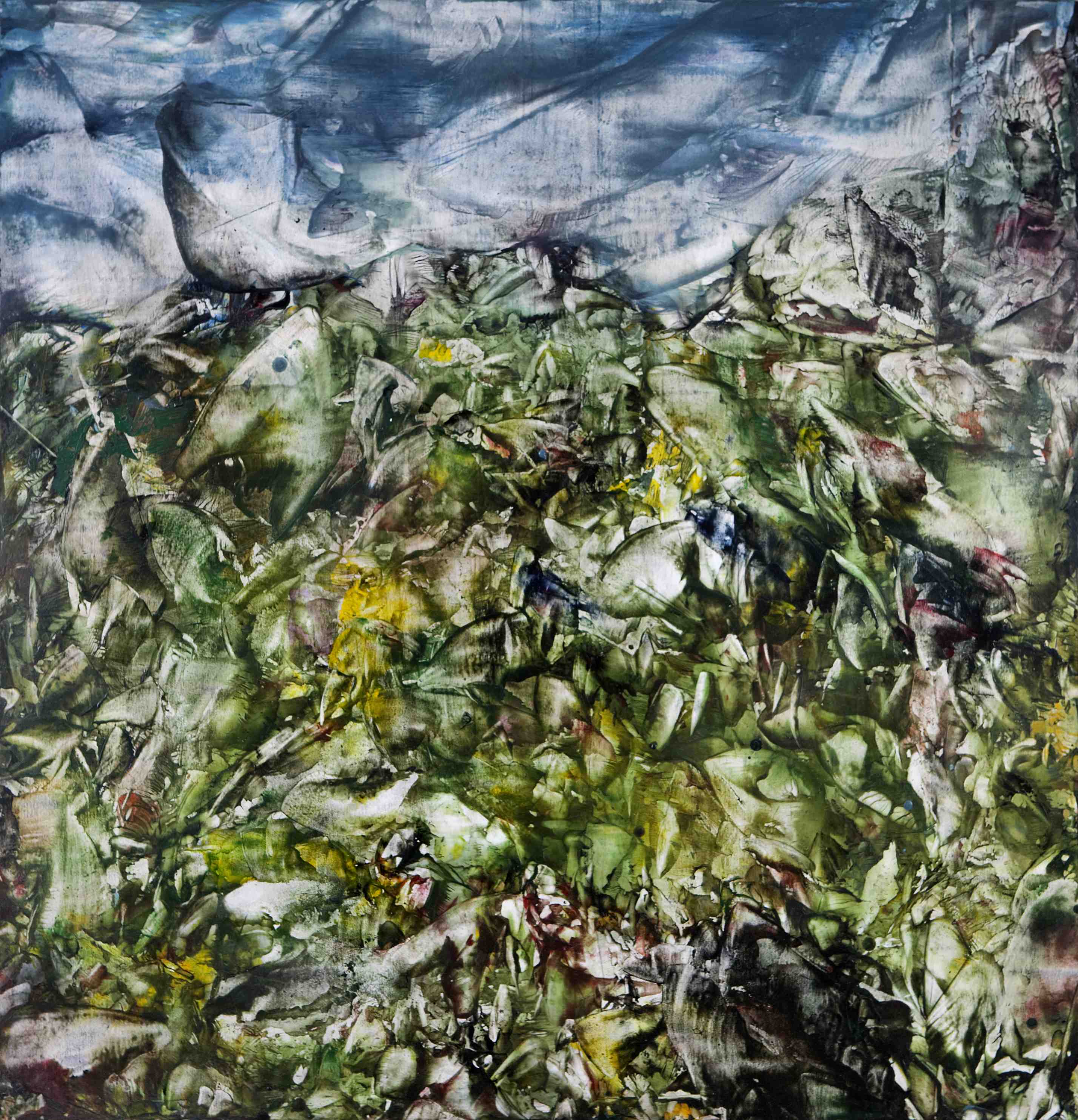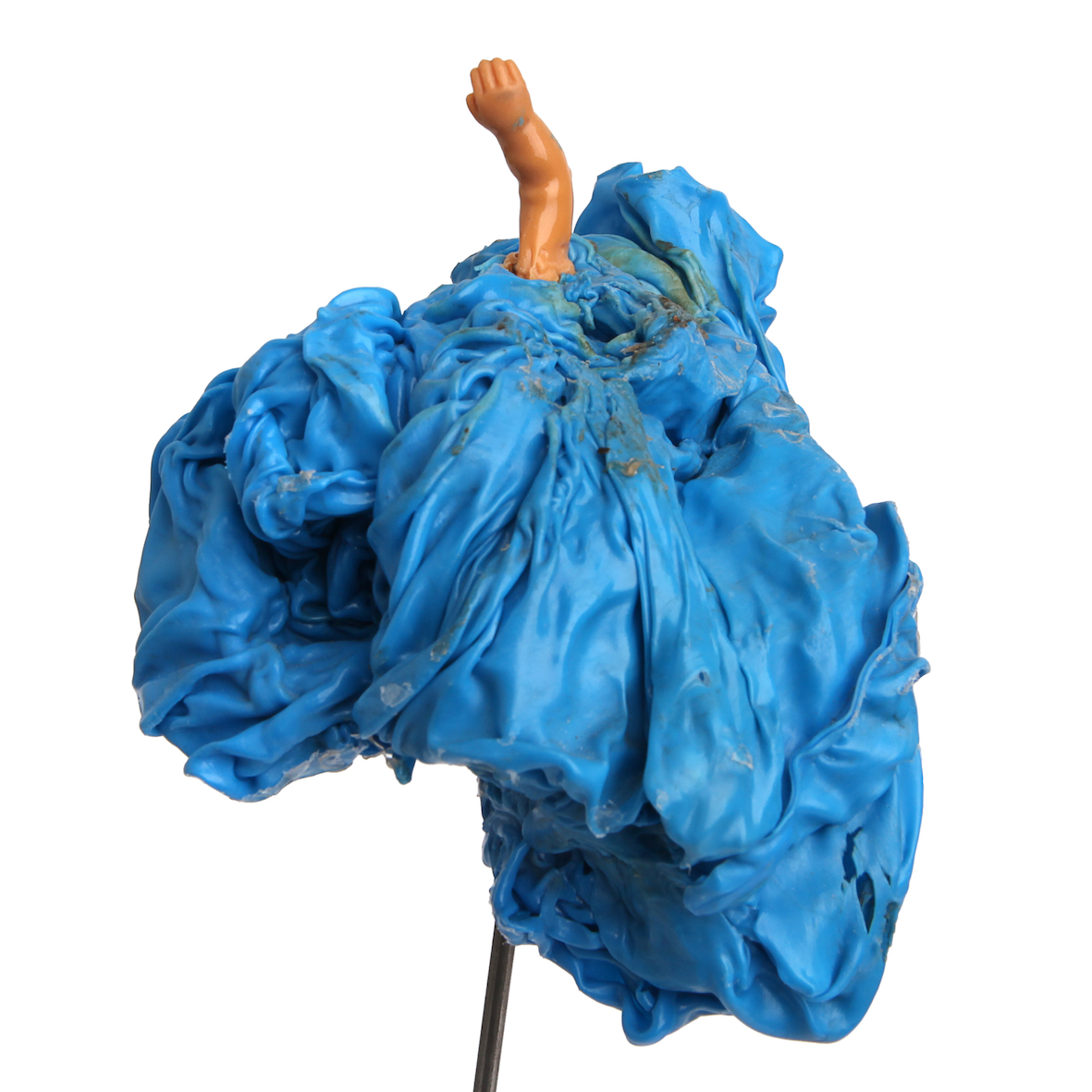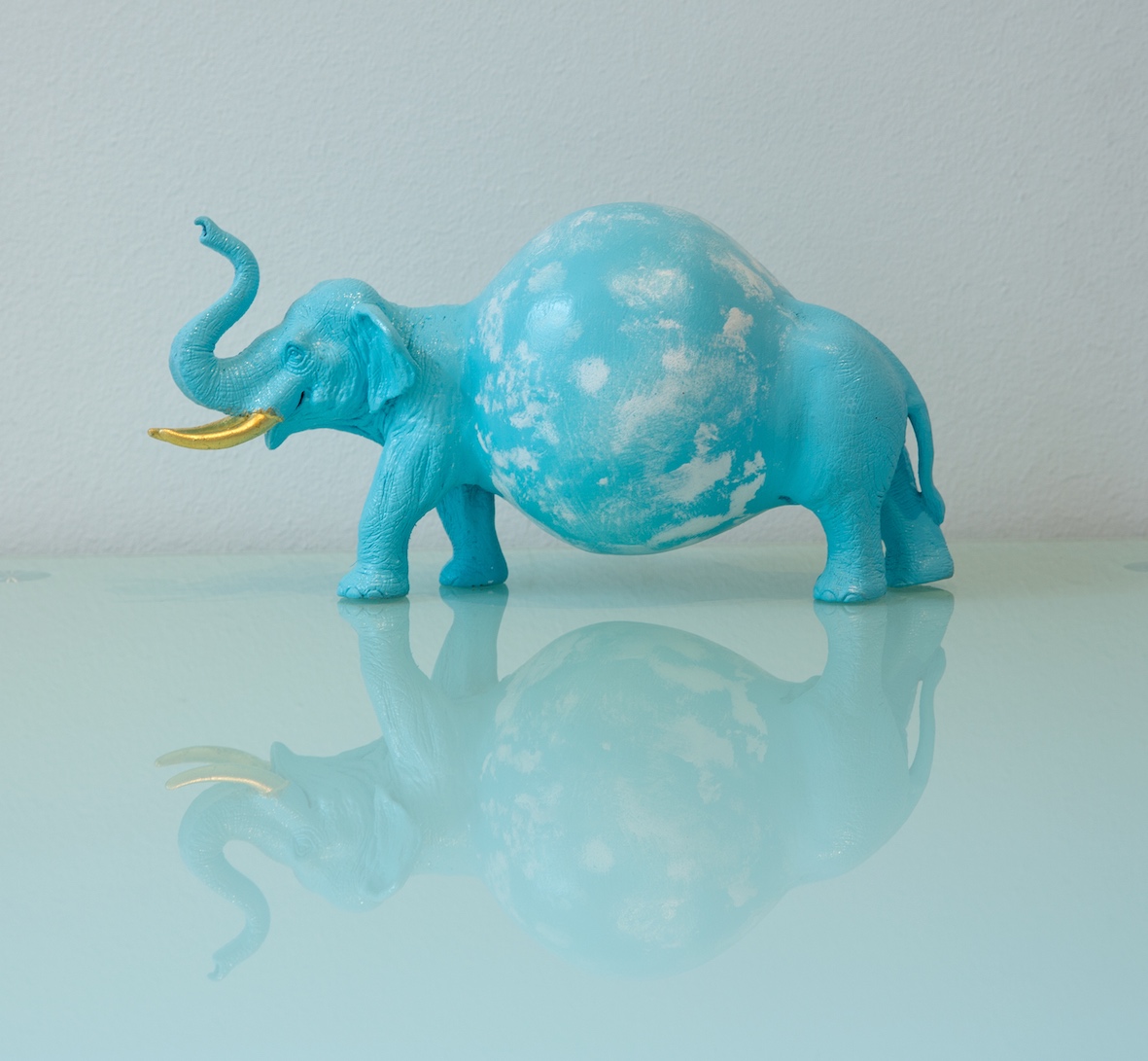Galerie Konzett
Biography
FREDERICK STEINMANN was born in Switzerland in 1953. At the age of seventeen, he enrolled in the School of Arts and Crafts in Vevey. Two years later, he left Switzerland for good and moved to Rome, where he studied at the Accademia delle Belle Arti from 1972 to 1978. At the end of 1978, he moved to Vienna, which he later left for one year to take in the euphoria of New York. In 1995, tired of the limitations imposed by geographical constraints, he returned to Switzerland, where he spent the following six months preparing his trip to Cairo, where he spent the following four years, his work imbued with Eastern mysticism. From Rome to New York and then on to Cairo, his travels have always taken him back to Vienna, where he has been living and working for the past five years. His exiles have had a strange influence on his work. He refines and plays with his materials, working the iron and wooden bases until they are smooth so that it becomes easier to apply the detailed, inevitable reality, which purports to be either cynical, greedy, sensual or simply animal-like, yet always with a poetic element. Frédérick Steinmann has gained the lucidity that comes from travelling.
Galerie Konzett
A passion for art and a devotion to collecting art are the cornerstones of KONZETT Gallery’s program. In the early 1980s, Philipp Konzett began to collect ethnographic art from Africa and Asia, compiling textiles, sculptures, and other cult-ritual objects, and now holds one of the most significant collections of its kind worldwide.
At the end of the 1980s, Konzett developed an interest in the art of the 1960s, primarily in the tendencies of performance and actionism, something that was an absolute insider topic at that time. The focal point of the collection was initially on Viennese Actionism. The oeuvres of Günter Brus, Otto Muehl, Hermann Nitsch and Rudolf Schwarzkogler are well represented through major works and are supplemented with documentary material such as photographs, graphic works, films, books, and autographs.
Unique to the Konzett collection is its positioning within an international art-historical context. Besides Marcel Duchamp, the pioneer of contemporary art, also representatives of earlier performance and “direct art” movements belong to the collection, such as the Gutai Group or No!art, as well as feminist positions like Gina Pane, Carolee Schneeman or VALIE EXPORT. Joseph Beuys and Dieter Roth, who treat questions of transience and sustainability, present a coherent counterpart to actionism’s physically based art. A reference to the art of the succeeding generation is created through the works of Martin Kippenberger, Rudolf Polanszky, Franz West, and Heimo Zobernig.
The gallery’s exhibition program is thematically oriented and intends to create a connection between the collection and a younger generation of artists.
+4315130103
Philipp Konzett
Biography
FREDERICK STEINMANN was born in Switzerland in 1953. At the age of seventeen, he enrolled in the School of Arts and Crafts in Vevey. Two years later, he left Switzerland for good and moved to Rome, where he studied at the Accademia delle Belle Arti from 1972 to 1978. At the end of 1978, he moved to Vienna, which he later left for one year to take in the euphoria of New York. In 1995, tired of the limitations imposed by geographical constraints, he returned to Switzerland, where he spent the following six months preparing his trip to Cairo, where he spent the following four years, his work imbued with Eastern mysticism. From Rome to New York and then on to Cairo, his travels have always taken him back to Vienna, where he has been living and working for the past five years. His exiles have had a strange influence on his work. He refines and plays with his materials, working the iron and wooden bases until they are smooth so that it becomes easier to apply the detailed, inevitable reality, which purports to be either cynical, greedy, sensual or simply animal-like, yet always with a poetic element. Frédérick Steinmann has gained the lucidity that comes from travelling.
Galerie Konzett
A passion for art and a devotion to collecting art are the cornerstones of KONZETT Gallery’s program. In the early 1980s, Philipp Konzett began to collect ethnographic art from Africa and Asia, compiling textiles, sculptures, and other cult-ritual objects, and now holds one of the most significant collections of its kind worldwide.
At the end of the 1980s, Konzett developed an interest in the art of the 1960s, primarily in the tendencies of performance and actionism, something that was an absolute insider topic at that time. The focal point of the collection was initially on Viennese Actionism. The oeuvres of Günter Brus, Otto Muehl, Hermann Nitsch and Rudolf Schwarzkogler are well represented through major works and are supplemented with documentary material such as photographs, graphic works, films, books, and autographs.
Unique to the Konzett collection is its positioning within an international art-historical context. Besides Marcel Duchamp, the pioneer of contemporary art, also representatives of earlier performance and “direct art” movements belong to the collection, such as the Gutai Group or No!art, as well as feminist positions like Gina Pane, Carolee Schneeman or VALIE EXPORT. Joseph Beuys and Dieter Roth, who treat questions of transience and sustainability, present a coherent counterpart to actionism’s physically based art. A reference to the art of the succeeding generation is created through the works of Martin Kippenberger, Rudolf Polanszky, Franz West, and Heimo Zobernig.
The gallery’s exhibition program is thematically oriented and intends to create a connection between the collection and a younger generation of artists.



